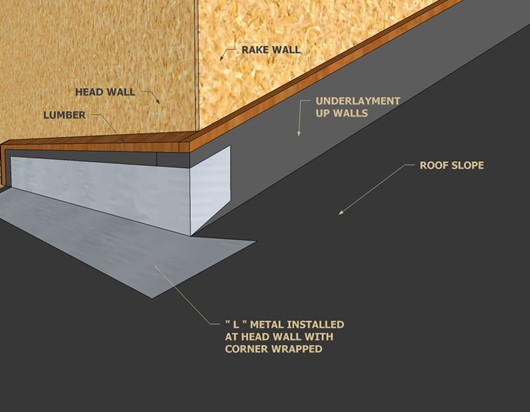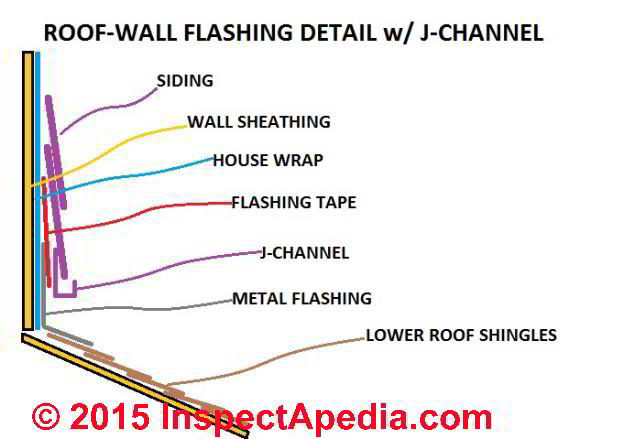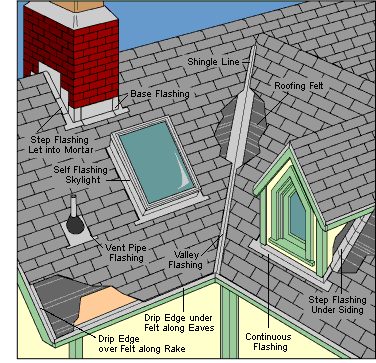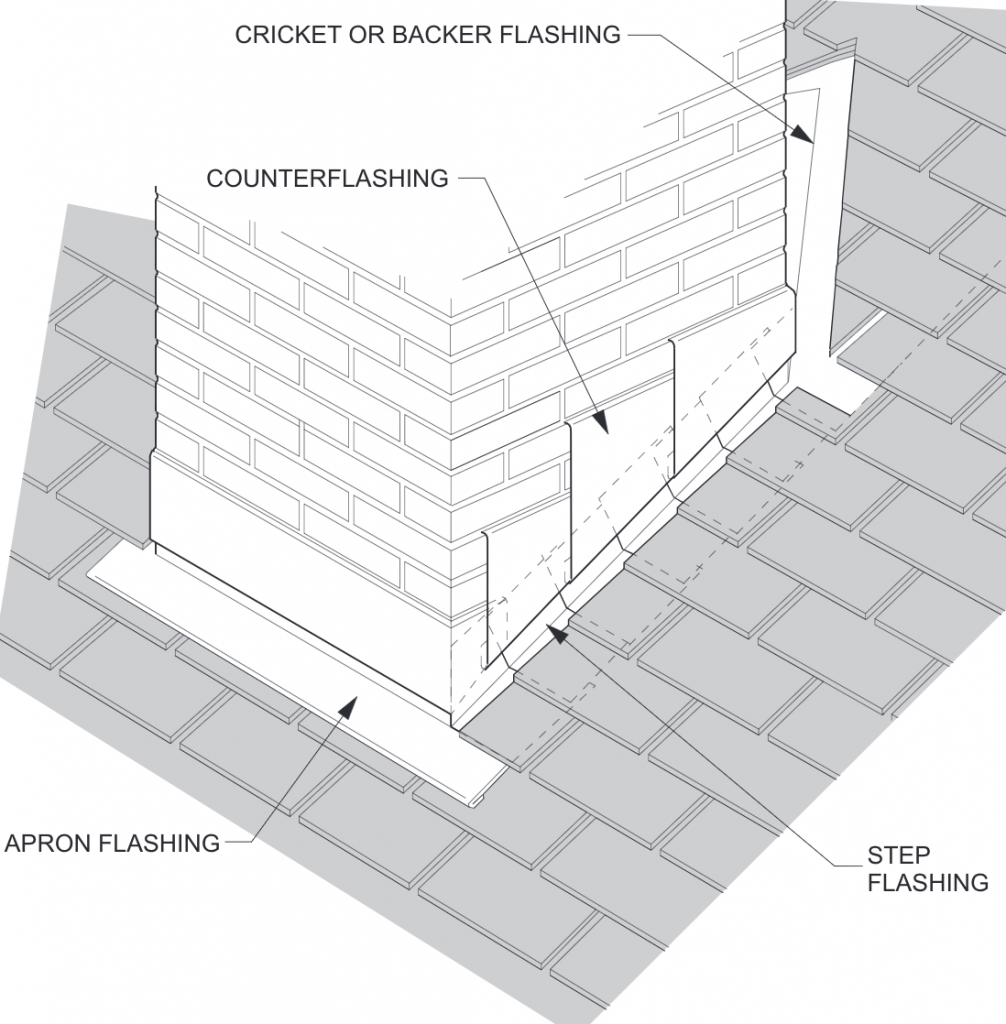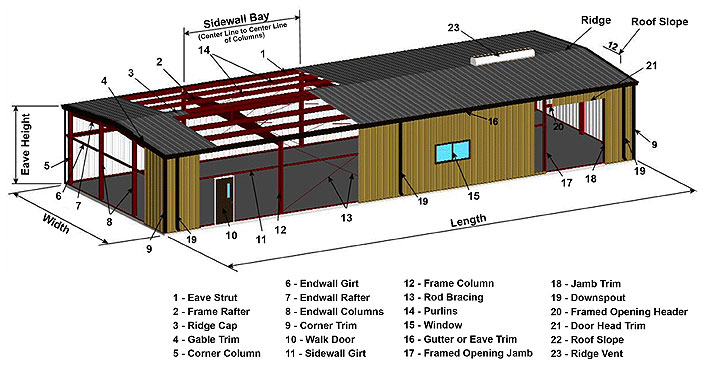Apron flashing noun a term used for a flashing located at the juncture of the top of a sloped roof and a vertical wall chimney or steeper sloped roof.
Roof apron flashing definition.
Three types of flashing are typically used on each roof.
For the purposes of this chapter only the term flashing is used.
Flashing refers to the metal barrier installed where the roof meets any vertical wall including chimneys and dormers.
Flashing directs rainwater away from these junctions preventing subsequent leaks and water damage.
Wall underlay self adhesive flashing tape cavity batten cladding cavity closure apron flashing to roof slope roofing 75 mm minimum 35 mm minimum 130 or 200 mm minimum depending on wind zone and roof pitch bevel back.
Apron flashing at roof wall junction parallel flashing.
Flashing is installed to surround roof features such as vents chimneys and skylights.
An apron flashing is responsible for diverting water from a vertical surface into a gutter system.
Flashings and cappings are strips of metal formed to weatherproof the edges of roofing and walling.
Apron flashing at roof wall junction horizontal flashing.
Base flashing step flashing and counter flashing.
A term used for a flashing located at the juncture of the top of the sloped roof and a vertical wall or steeper sloped roof.
The flashing helps guide run off away from shingles and into the gutters featuring an extended drop provides more protection for the fascia board.
Finish your roof line and protect the fascia board with the amerimax 10 ft.
They are a combination base and cap flashing that are usually installed behind the siding and caps and over the sloped roofing materials.
The purpose of a flashing is to make the building weather resistant and to prevent water from entering the building by diverting it.
Shingle that provides a dimensional appearance.
Protects fascia board finishes the roof line and guides run off into gutters.
How to pronounce apron flashing.
Roof flashing is a thin material usually galvanized steel that professional roofers use to direct water away from critical areas of the roof wherever the roof plane meets a vertical surface like a wall or a dormer.



